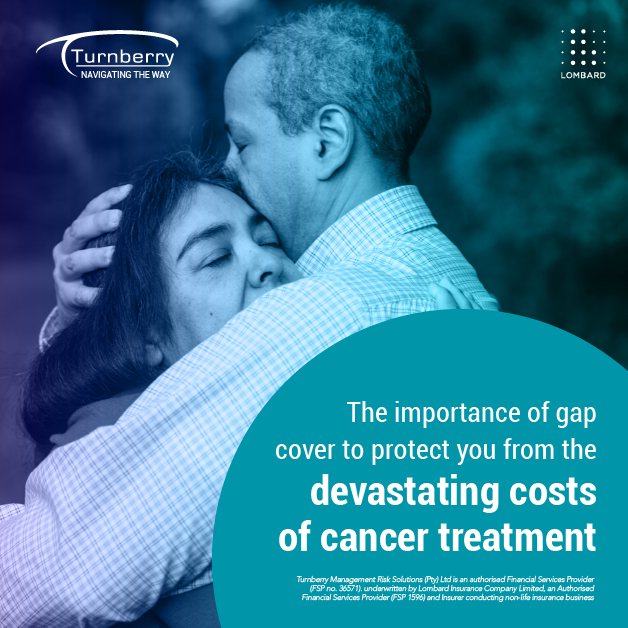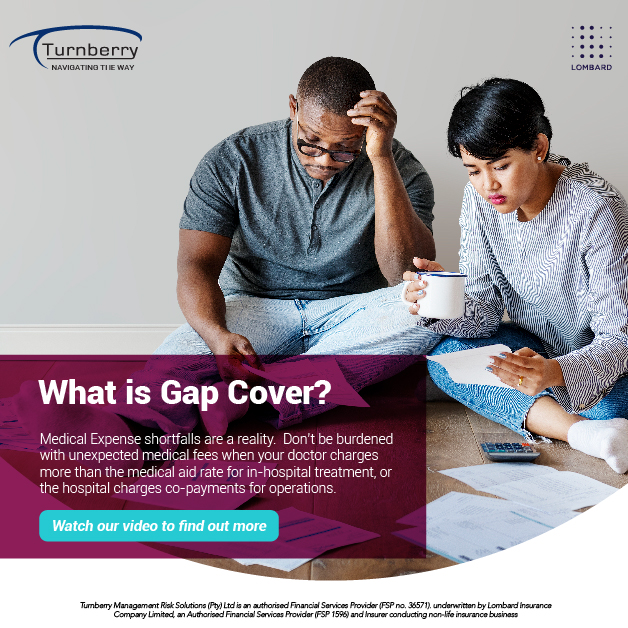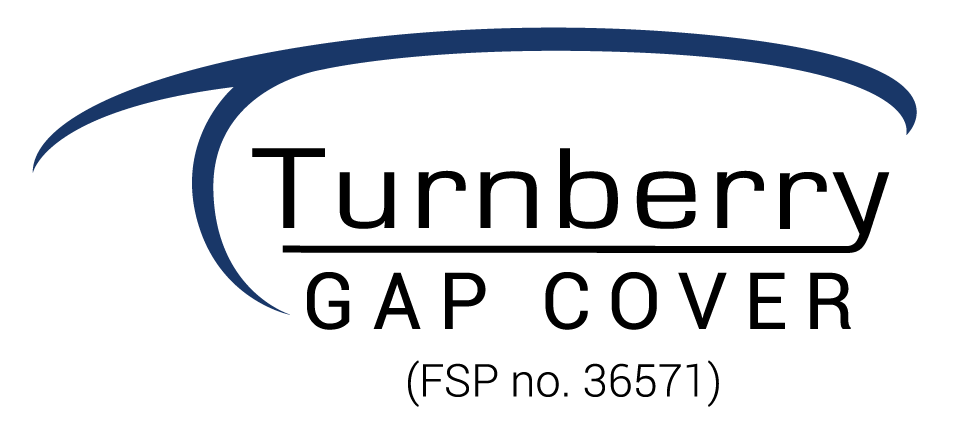
FA News – 17th May 2022
A cancer diagnosis can have a severe impact on the emotional health of patients and their families, often leading to feelings of anxiety, stress and even depression.
But the stress of a dreaded cancer diagnosis can be further exacerbated by the devasting impact that the high cost of treatment can have on a patient’s finances – something few people consider until they find themselves in this situation.
According to the Cancer Association of South Africa (CANSA), 115 000 South Africans are diagnosed with cancer each year, yet many cancers are survivable with early diagnosis and treatment. Unfortunately, cancer treatment can be very expensive and costs can quickly escalate even for patients who are on a medical aid.
“The high costs of cancer treatment essentially comes down to the fact that you are paying off years of research which goes into the development of these drugs that are aimed at specific types of cancer. In addition, the research related to the clinical trials and tests further adds to the costs,” says Tony Singleton, CEO of Turnberry Management Risk Solutions.
Know your benefits
“In most cases, it is only when someone is diagnosed with cancer that they start querying what is covered by their medical aid. So, it is absolutely vital that medical aid members be aware what their cancer benefits are, so that they can use the appropriate gap cover to top them up.”
He explains that patients often experience shortfalls in their cancer treatment cover when they reach a certain threshold and a co-payment scheme kicks in, or when they undergo surgical procedures in the course of their treatment, as most surgeons and anaesthetists charge above medical rates.
“Shortfalls on surgeries and other hospitalisations is where the costs really mount up. Any surgeries performed are not covered by the cancer benefits, but by the in-hospital benefits of a medical aid policy. But there is a limit and this is where gap cover comes in,” says Singleton.
“When a patient is diagnosed with cancer, they must register with their medical aid’s oncology programme. They must then ensure that every treatment procedure is registered and approved by the medial aid, every step of the way.”
Once-off payment
He says that if a patient is on a top gap cover plan, they would typically qualify for a once-off cover payment on their first cancer diagnosis. The gap cover then kicks in once they reach their limit for cancer treatment on their medical aid. With most big medical aid schemes there is usually a 20% co-payment once the limit has been reached.
Patients also often go wrong with pre-authorisation, which is based on specific ICD-10 codes. This is an internationally recognised alphanumeric diagnostic code system that translates medical conditions into specific codes. They allow the likes of medical aids and gap cover providers to understand the reasons for certain treatments, procedures and hospital admissions, and ensure that they pay from the correct pool of funds within your benefits.
“Often when members submit accounts with the wrong ICD-10 codes, the expenses are often funded from their medical aid’s day-to-day benefits until these run out. It’s therefore crucial to ensure that the authorisation details correspond to what’s on the accounts,” says independent financial advisor and cancer survivor Joanne Stroebel.
Covered in full
Stroebel was diagnosed with cancer in July 2019. The fast-growing cancer started as a small benign tumour, but grew to 53mm in size within a six-week period, when she was diagnosed with stage 3 triple-negative breast cancer. She elected to have a double mastectomy and underwent 12 rounds of neoadjuvant chemotherapy before the procedure, followed by 25 sessions of radiation and two more surgeries. The total cost of her treatment has so far reached R450 000.
“I was on a very basic hospital plan and all my cancer treatment was covered in full, because the cancer was still in the organ of origin, so the treatment fell under the prescribed minimum benefit guidelines,” says Stroebel.
“However, my gap cover came in when I had to pay for my surgeries, related hospital stays and scans, which resulted in a R70 000 shortfall. The gap cover paid the entire amount and I didn’t spend a cent on my treatment.”
As a cancer survivor, Stroebel has first-hand experience with what patients go through when diagnosed with cancer, and is able to guide her clients through the treatment process, ensuring that their finances are looked after. “If you are diagnosed with cancer, have a discussion with your broker. They can advise you and guide you to ensure that your treatment does not become a financial disaster.”
https://www.fanews.co.za/article/healthcare/6/general/1124/the-importance-of-gap-cover-to-protect-you-from-the-devastating-costs-of-cancer-treatment/34521
https://getcovered.turnberry.co.za/app/1
What is Gap Cover?

https://getcovered.turnberry.co.za/app/1
Client Testimonials
Turnberry assisted with claims for various incidents during the last few years – from an elective orthopaedic surgery for my young daughter to emergency surgeries for my wife. When my wife was diagnosed with cancer last year, the once-off payment assisted in a number of the out-of-hospital expenses. In addition, the knowledge that the expenses threshold is so much higher than the standard medical rates provided peace of mind. I have recommended Turnberry Gap Cover to our family, and reiterate that it is an essential or mandatory product. No healthy person believes critical or emergency procedures will happen. But the truth is that it can happen to anyone. The cost vs benefit is not a logical debate, without gap coverage you may end up selling assets to cover the bills. Turnberry’s services were professional, quick and efficient – ‘Peace of mind’. Mynhardt Oosthuizen – January 2022
